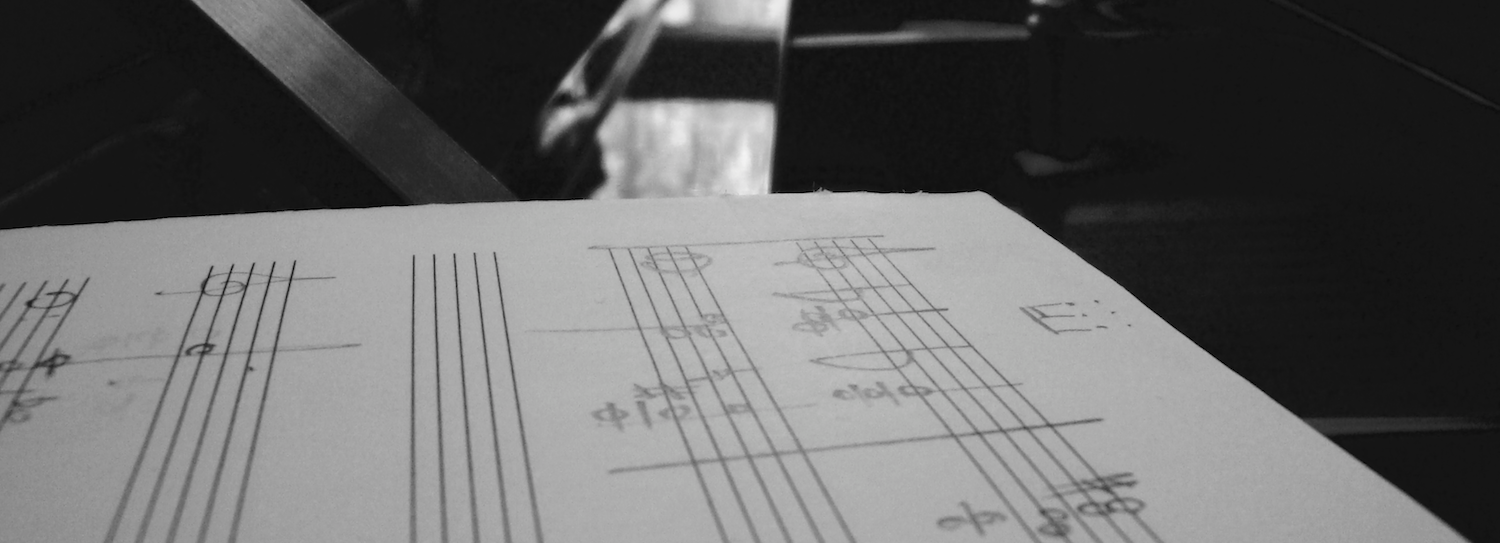Premiered by the Cornell Festival Chamber Orchestra, Cornell University, April 2004
Shane Levesque, piano; Diego Vega, conductor
The Piano Concerto integrates musical materials I have been working with since 1998. Its three movements reverse the order of traditional concerto form. The movement based on a dance, usually the third, is in this case the first; and the sonata form movement, conventionally the first, is in this case the third. The second movement works as a slow and more lyrical transition between the two outer movements.
The first movement has its origin in my solo piano piece Audi Reliqua. It explores the basic rhythmic structure of two folk dances from Colombia, the bambuco and the mapalé. Presented as antagonists in the fast and more rhythmic first two sections of the piece, the two dances are interrupted by the slow chorale – played by the woodwinds and the brass – and gradually awakened again, this time reconciling their differences as one single rhythmic structure. The entire movement is harmonically based on the central chorale.
The second movement is harmonically related to the first movement but its melodic materials anticipate the third movement. Its first theme is played by the oboe after a short introduction and is later developed by the piano. Gradually, the slow theme from the third movement emerges over a very chromatic background leading to the final section, a varied recapitulation of the beginning of the movement.
Finally, the last movement is constructed in sonata form with all of its sections connected through metric modulations. The exposition presents two main contrasting thematic areas. The first is characterized by its angular rhythmic character, its frequent changes of meter, and constantly shifting timbres and registers, resembling the character of the first movement. The second area, anticipated by the second movement, has a more lyrical character. Its main theme is played by the French horn, the trumpet, and the piano over a chromatic background in the strings. The development is divided into two parts based on the main thematic areas. The first part develops the main theme with rapid figurations in the piano while a six-voice canon unfolds in the woodwinds and strings. The second part introduces a brass chorale based on the second theme and reminiscent of the chorale in the first movement, chromatically ornamented by the woodwind and strings. The recapitulation presents variations on the two themes in inverse order. A final coda, exploiting material from the development of the main theme, concludes the concerto.
The third movement was previously an independent piece I composed in 2001. This piece was awarded the 20th Anniversary prize in the Alea III international competition in 2002.
Orchestration: [1-1-1-1][1-1-1-0][2 perc][piano soloist][strings]
Duration: 15 min.
This video: III movement, Shave Levesque, piano, Cornell Chamber Players, Diego Vega, conductor
